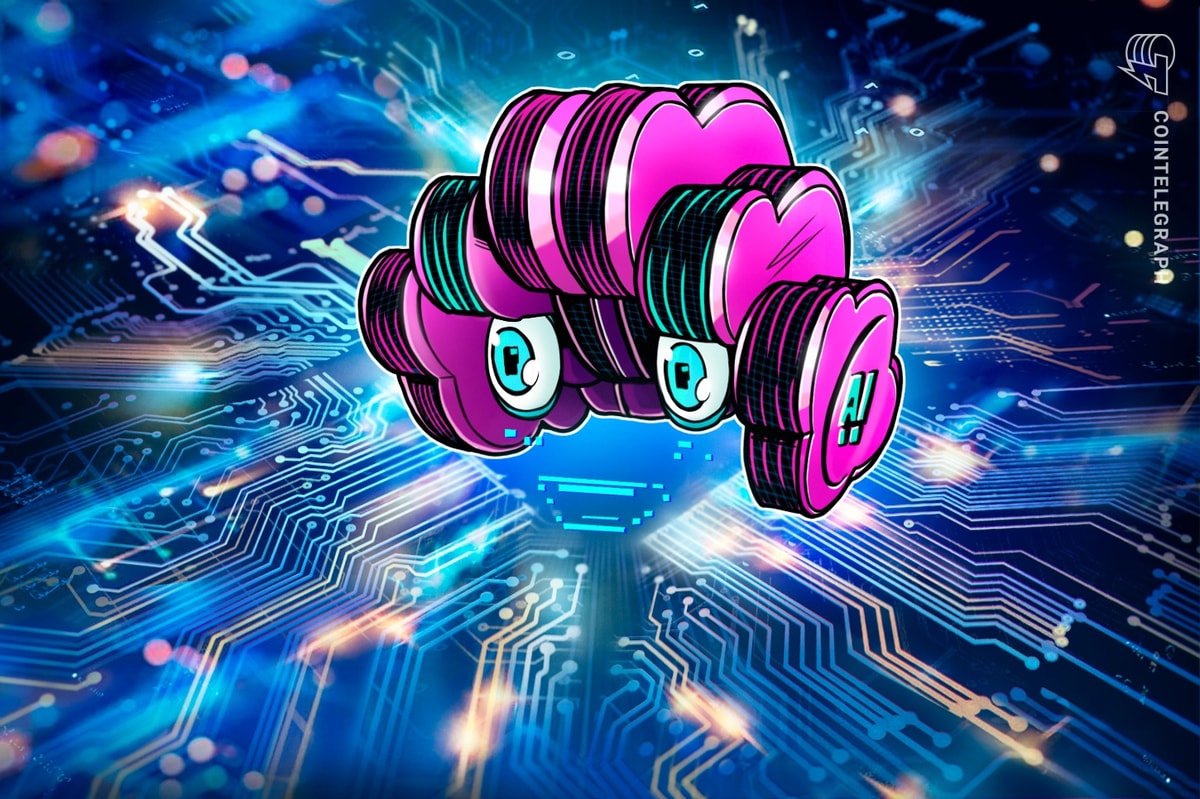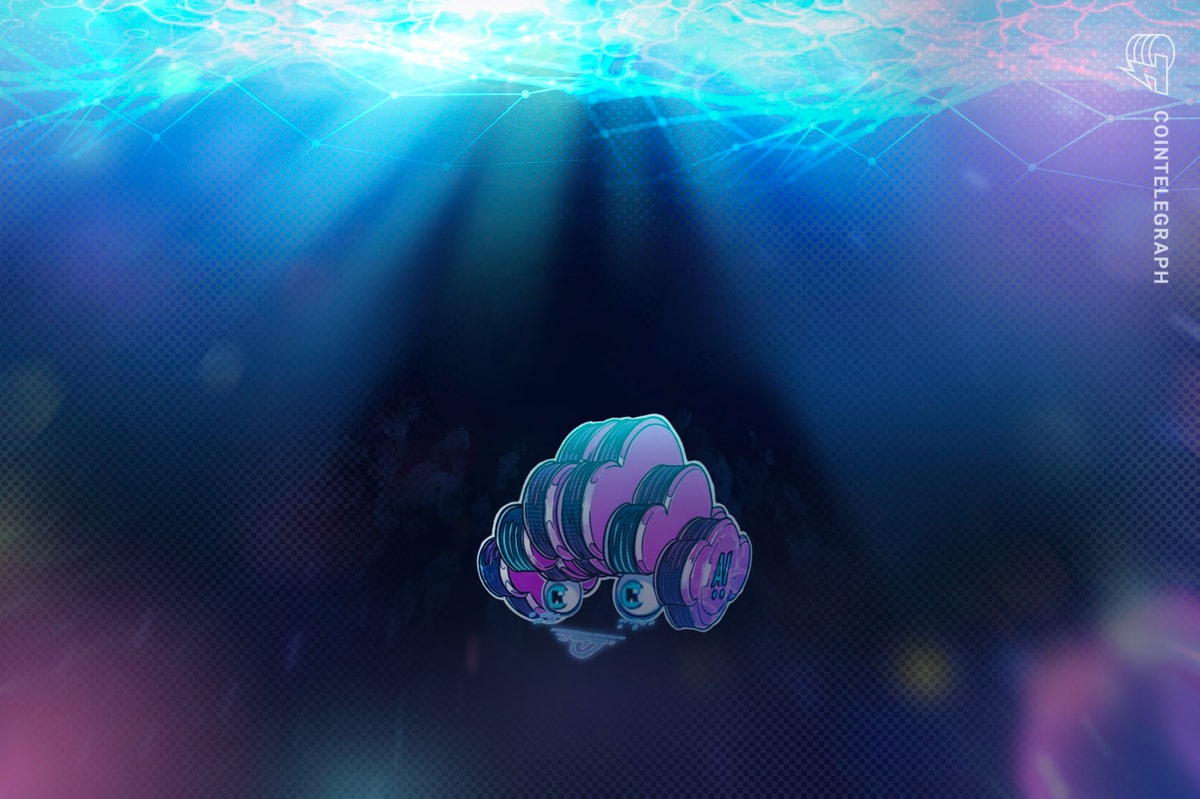Vanar Chain, a layer-1 blockchain network, has launched a new artificial intelligence-powered compression and data authentication layer designed to address the industry’s longstanding issue with onchain storage.
Vanar Chain is launching Neutron, an AI-native blockchain layer with data compression ratios of up to 500:1, which can reduce a standard 25 megabyte file to just 50 kilobytes, transforming it into a “Neutron Seed” that can be stored on the blockchain ledger.
The new blockchain compression layer aims to solve the industry’s data storage issue, with traditional blockchains lacking the capacity to store data, only to reference it.
This design introduces potential single points of failure. Vanar’s Neutron aims to solve this by enabling fully onchain, verifiable data storage.
Neutron is a “world first” which “handles both physical file compression and semantic compression, meaning it compresses not just the file itself but the meaning inside it,” Jawad Ashraf, CEO of Vanar Chain, told Cointelegraph:
“This unlocks entirely new possibilities: from simply storing a file fully on-chain without relying on third parties, to querying and verifying the actual information inside the file.”
“It finally delivers on one of blockchain’s biggest promises: trustless, verifiable data, made truly accessible,” he added.
Related: Bunq, Europe’s second-largest neobank, expands into crypto
“For solutions like Nuklai’s Nexus, this is an important evolution,” according to Matthijs de Vries, CEO of Nuklai, a blockchain layer 1 and collaborative data marketplace for AI development and large language models.
“It enables us to work directly with fully onchain, trustless data streams, minimizing external dependencies and unlocking much deeper, verifiable intelligence extraction,” de Vries added.
The Neutron launch follows several high-profile incidents highlighting risks in centralized infrastructure. On April 15, a major outage at Amazon Web Services (AWS) disrupted operations at major centralized exchanges, including Binance, KuCoin and MEXC.
Just days later, on April 24, over 20,000 CloneX NFTs created by RTFKT Studios temporarily disappeared due to what was believed to be a Cloudflare-related issue.
Nike was hit by a class-action lawsuit of $5 million on April 25 after a group of RTFKT users led by Jagdeep Cheema claimed that they suffered “significant damages” as a result of Nike touting its sneaker-themed NFTs to gain investors before shuttering the platform.
Related: Bitcoin treasury firms driving $200T hyperbitcoinization — Adam Back
Onchain storage can address centralized vulnerabilities
Vanar’s new blockchain storage solutions can address the centralization vulnerabilities of the industry, according to Vanar Chain’s CEO.
“What happened with Nike’s NFTs and the AWS outage shows the risk: if the server fails, the asset effectively disappears,” Ashraf said, adding:
“By embedding the data itself, or even the meaning of the data, into the blockchain, assets become truly trustless, permanent, and verifiable without depending on third parties. It’s a foundational shift from ‘hosted ownership’ to ‘real ownership.’”
Neutron’s capabilities are designed to fortify numerous blockchain segments, including adding memory to AI agents, adding verifiable file attachments for decentralized finance applications, uploading original documents to tokenized real-world assets, or adding immutable governance records to decentralized autonomous organizations.
Magazine: Ethereum is destroying the competition in the $16.1T TradFi tokenization race
Read the full article here
















